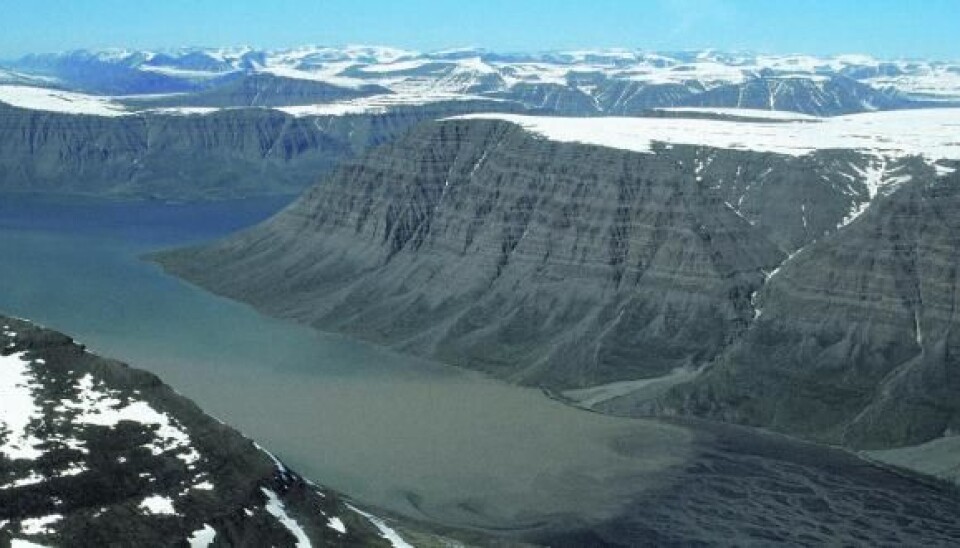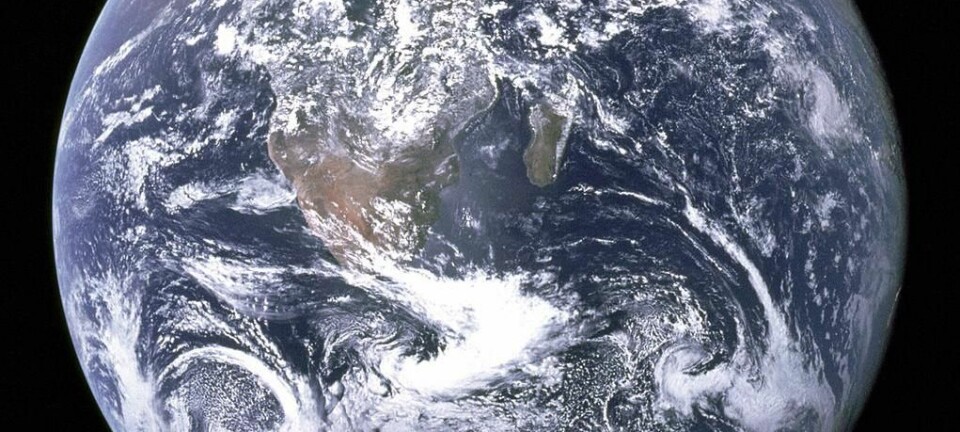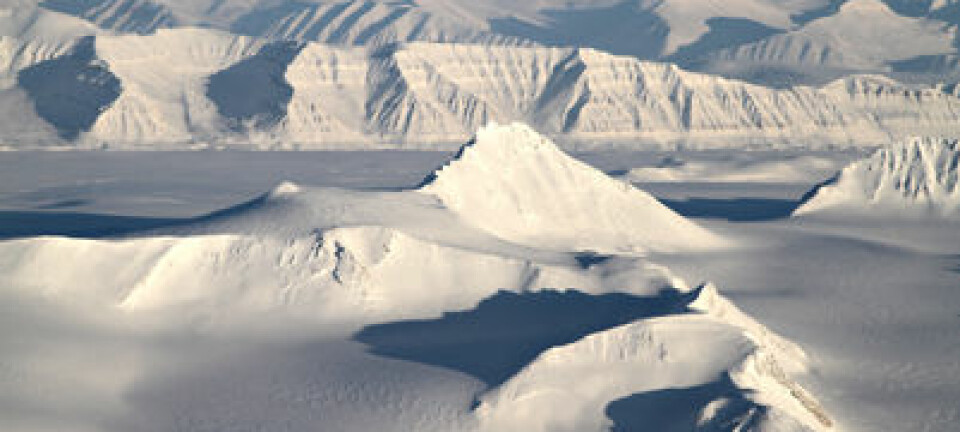
Mountains are younger than we think
A new study has shaved several million years off the age of mountain ranges following new evaluations of fossils and other impressions of ancient sea animals and plants.
Along the coasts of Norway, Brazil, western India, eastern Australia and elsewhere, there are mountain ranges that geologists believe are 100-200 million years old.
But that belief has now been challenged by a new Danish study published in two scientific journals: Global and Planetary Change and the Geological Society of America Bulletin.
“Our study indicates that all of these continental margin mountains are much younger than we have thought to date,” says Peter Japsen DSc, a senior researcher in the geophysics department of the Geological Survey of Denmark and Greenland (GEUS), who headed the study. “They are only between 20 and 50 million years old,” he adds.
Oceans formed when continental plates broke up
According to the prevalent theory, the mountain ranges were created when the continental plates broke up many millions of years ago. As the continental plates moved away from each other, the gap between them filled up with water, which created oceans and seas.
The main conclusion of our study is that the continents were very unstable and could rise and fall over short periods of time. There are still very large movements in the Earth’s surface that we haven’t really noticed.
Peter Japsen
The continental plates lost their rigidity at the edge of the gap and they started to collapse. This process formed an area of lowlands along the coast and highlands further inland, so a special form of mountain – continental margin mountains – arose.
“Geological literature generally refers to the coastal mountain ranges as arising from the break-up of continental plates,” says Japsen. “But my research group believes this is wrong. We believe that the mountains we see along these coasts today are much younger and were formed long after the continental plates broke up.”
In their scientific paper, the researchers propose another hypothesis: that the original mountains, created when the continental plates broke up hundreds of millions of years ago, were completely eroded long ago by the effects of wind and the weather. Subsequent geological processes in the underground created the mountains that exist in the areas today.
“We’re arguing that these newer mountains are very mobile and have moved up and down since the continental plate break-up,” says Japsen.
Fish fossils at an altitude of two kilometres
The scientists claim that their new theory is not just fantasy but has been generated on the basis of their many observations during field expeditions in the mountain ranges and following a thorough study of the existing scientific literature on the subject.
One of the scientists’ strongest arguments is their discovery and subsequent mapping, during the field trips, of fossils and sedimentary remains of fish, sea animals and plants, which they believe date from the oceans that were created when the continental plates broke up.
According to the researchers, the sedimentary remains indicate that these areas in the mountains were covered by a sea or ocean when they were deposited. Later, they were lifted several kilometres vertically by geological processes in the underground (see Factbox). Geological processes turned the old ocean floor into highlands that still carry the remains of their underwater past.
Flat plateaus can be old riverbeds
During their studies, Japsen’s research group also made another observation that they believe supports their theory: the highlands of the mountain ranges are characterised by gigantic flat plateaus.
Such plateaus, which can cover an area of many tens of thousands of square kilometres, have been mapped in both Arctic and tropical regions.
Japsen is convinced that the flat plateaus are peneplains – areas created by erosion caused by rivers near sea level after the original mountains had been eroded away. These plateaus were subsequently lifted when the new mountains rose.
“The main conclusion of our study is that the continents were very unstable and could rise and fall over short periods of time,” says Japsen. “There are still very large movements in the Earth’s surface that we haven’t really noticed.”
------------------------------------
Read the Danish version of this article at videnskab.dk
Translated by: Michael de Laine
Scientific links
- “levated, passive continental margins: Not rift shoulders, but expressions of episodic, post-rift burial and exhumation,” 10.1016/j.gloplacha.2011.05.004
- “Episodic burial and exhumation in NE Brazil after opening of the South Atlantic,” Geological Society of America Bulletin, doi:10.1130/B30515.1







